Land exhausted by intensive farming
Nam An Phu Commune (Kinh Mon Town, old Hai Duong ) is the locality with the largest onion growing area in Hai Phong with about 900 hectares. For a long time, people here have been cultivating at a very high intensity with 2 rice crops and 1 onion crop per year, making the land almost have no time to rest.
Mr. Nguyen Van Sinh, a resident of Phuong Quat village who has been growing onions and garlic for many years on an area of 3 sao, said: "Onions and garlic bring in dozens of times more income than rice. The best rice yields 2.5 quintals per sao, worth more than 1 million VND, after deducting expenses, there is not much left. But if 1 sao of garlic has a good harvest and is sold at the right time at the end of March at a high price, the total income can reach 15 - 20 million VND, which is normal."

Onion growing capital Nam An Phu is in season. Photo: Dinh Muoi.
Mr. Nguyen Van Rieng, who is cultivating 5 sao of rice fields in Phuong Quat village, also said that he is currently cultivating rice mainly to "keep the fields" and use straw to cover the onion beds. "Fresh rice is sold at 7,000 VND/kg in the field, if you hire someone to harvest and plant, you will definitely lose money. Therefore, onions and garlic are the main income of the people here. Last year, despite the low price, onions sold in bulk, including roots and leaves, were still about 13,000 VND/kg, each sao brought in over 10 million VND," Mr. Rieng calculated.
Year-round crop rotation brings high income to the people of Nam An Phu, but it also exhausts the land. Chemical overuse causes soil degradation, pests and diseases become resistant to pesticides, creating a vicious cycle: The more chemical fertilizers are used, the harder the soil becomes, the weaker the plants become, and the more pesticides need to be sprayed.
“The soil is now much poorer in nutrients than before. The soil is hard and poor in nutrients due to continuous intensive farming. If we want the onions to grow well, we have to add more sand, make the beds higher, and use more fertilizer and pesticides than before for the plants to grow,” said Ms. Le Thi Nguyet (37 years old, Phuong Quat village).
Initial changes
Realizing the risk of land depletion, from the 2025 - 2026 winter crop, the People's Committee of Nam An Phu commune coordinated with Vang Agricultural Development Joint Stock Company to deploy an organic onion farming model and apply integrated plant health management (IPHM) on a scale of 12 hectares with 70 participating households.
Mr. Dang Van Phan - Head of Phuong Quat village said that the whole village has 430 households growing onions on an area of 32 hectares. Changing farming practices is not easy but necessary. "Onions are the main crop, feeding the whole village. To have sustainable production, we must change from the root," Mr. Phan said.
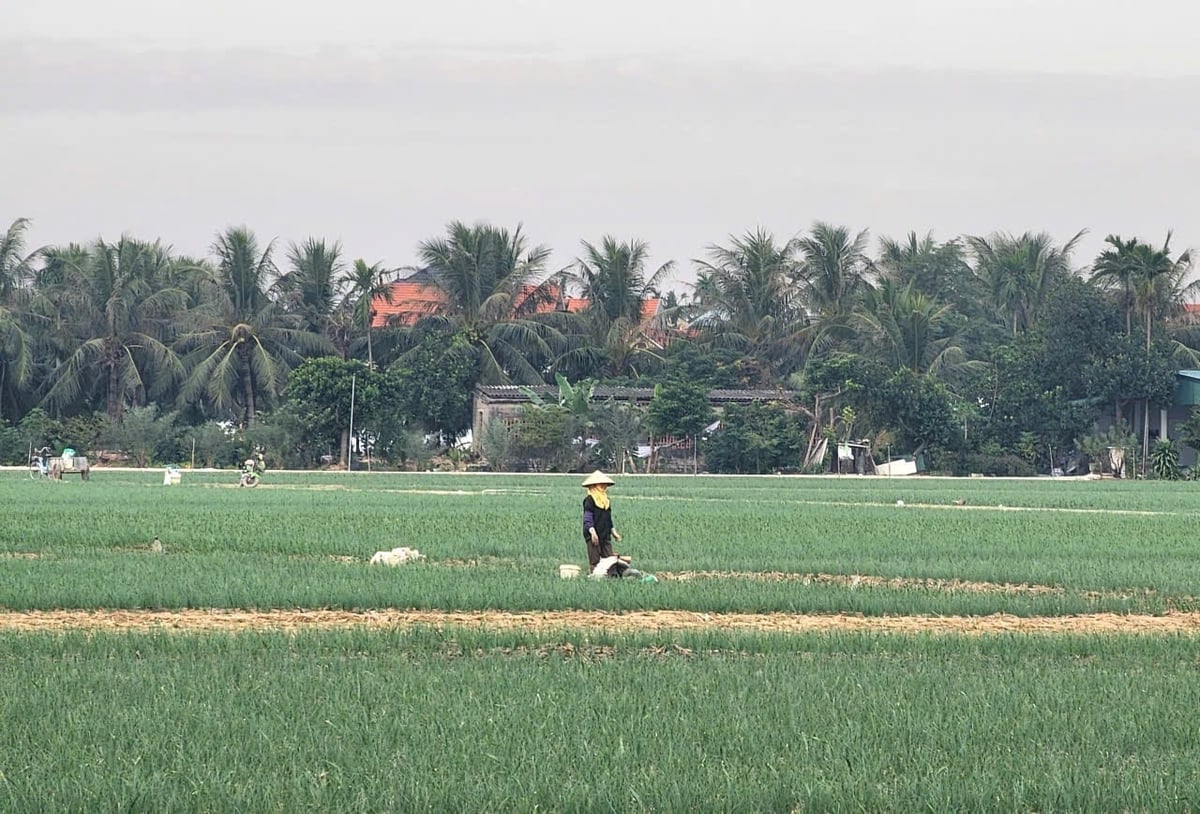
Continuous crop rotation throughout the year makes the land in the onion growing area of Nam An Phu commune almost never get any rest. Photo: Dinh Muoi.
The IPHM process applied here does not start with spraying any chemicals but starts with "diagnosing" the soil. Engineers from the affiliated company took soil samples for analysis, from which they came up with a formula for organic microbial fertilizer to balance pH and restore beneficial microorganisms in the soil.
Mr. Nguyen Van Rieng - a household participating in the model excitedly said: "With the company's investment in organic fertilizer, I see a clear difference. The soil is more porous, no longer as hard as when using chemical nitrogen and phosphorus. Looking at the green onion beds, the large, sturdy vertical tubes, I know the plants are healthy. Healthy plants naturally have fewer pests and diseases, saving money on pesticides."
In addition to using organic fertilizers, traditional straw mulching techniques are also standardized in the IPHM process to retain moisture and limit weeds, minimizing the use of toxic herbicides. The biggest worry of onion and garlic growers for many years has been the refrain of "good harvest, low price". For example, Ms. Le Thi Nguyet's family in Phuong Quat village, despite a large investment in the 2024 onion crop, had to "sell" both the roots and stems at 13,000 VND/kg in January for fear of falling prices.
Mr. Nguyen Kien Cuong - Chairman of the Board of Directors of Vang Agricultural Development Joint Stock Company said, "We provide standard input materials, monitor the production process and commit to purchasing products from farmers at a price 15% higher than the market price. The only condition is that farmers must comply with the IPHM process and keep a field diary to ensure no chemical residues."
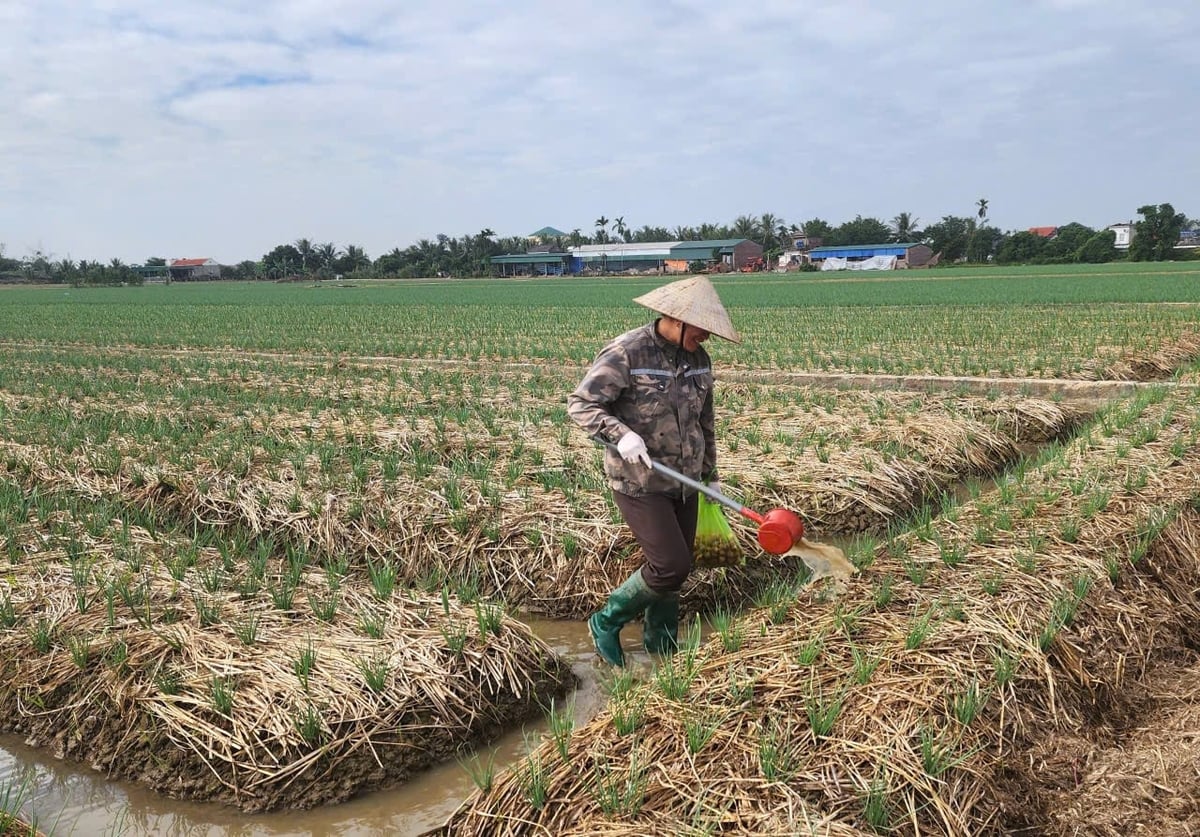
Ms. Bui Thi Vui, the household with the largest onion growing area in Phuong Quat village field, Nam An Phu commune, is fertilizing onions. Photo: Dinh Muoi.
The changes in production in Nam An Phu are not only limited to technical changes but also to mindset. From fragmented production and chemical abuse, people are shifting to responsible agriculture, taking soil health as the foundation for productivity and quality, paving the way for Hai Phong onions to be exported to demanding markets such as Japan and Korea.
Ms. Nguyen Thi Thanh Nhan - Vice Chairman of Nam An Phu Commune People's Committee said that the locality has the largest onion growing area in Hai Phong. Farmers in the commune have experience in intensive onion cultivation, but the cultivation is still based on habit, without a systematic and synchronous production process. Therefore, the most important thing for people here is a safe production process, thereby building an onion brand, contributing to improving productivity, product quality and economic efficiency of the local key agricultural products.
Ms. Bui Thi Vui, who is cultivating more than 1 hectare of onions in Phuong Quat village, shared: “My family's income depends only on this hectare of rice field, so we always try to make the most of it for intensive cultivation, but we are also very worried because the land is increasingly barren. We farmers hope most to have support from the State and businesses in terms of systematic investment and guidance on sustainable production processes. If the fertilizer is good, the soil is loose, the onion yield reaches 8-9 quintals/sao and there are businesses that purchase at high prices, people will strictly follow the production process in an organic, sustainable direction, protecting the land for a long time."
Source: https://nongnghiepmoitruong.vn/tu-duy-moi-tai-thu-phu-hanh-mien-bac-d786496.html








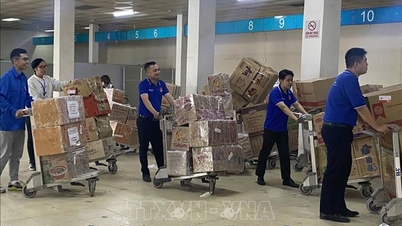

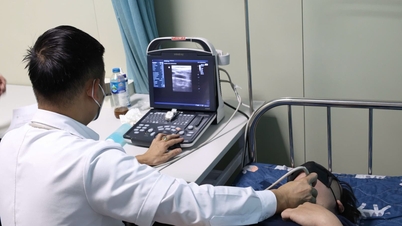
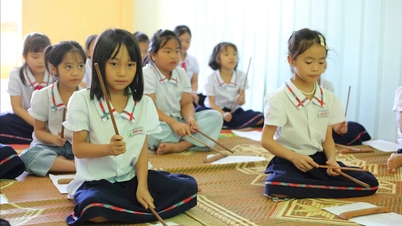

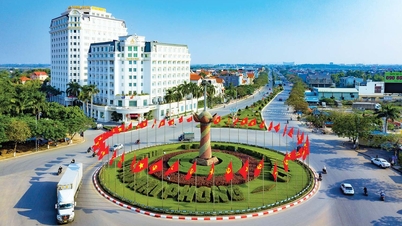
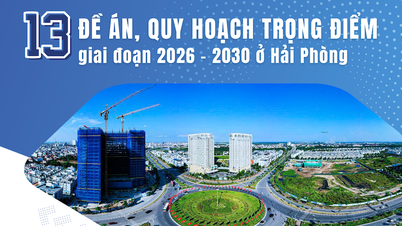
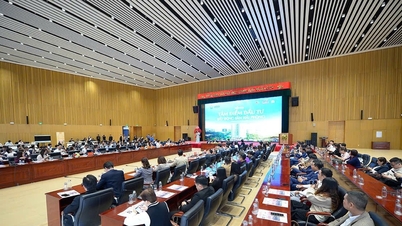



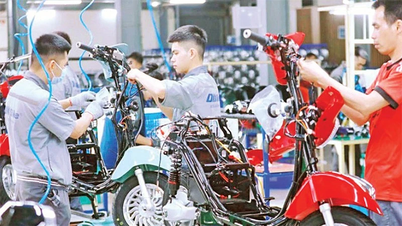
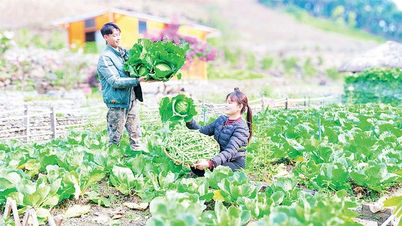
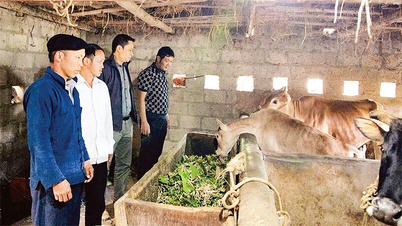
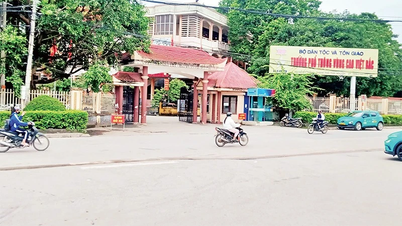






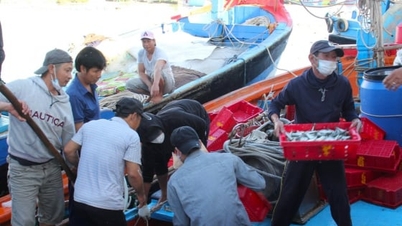

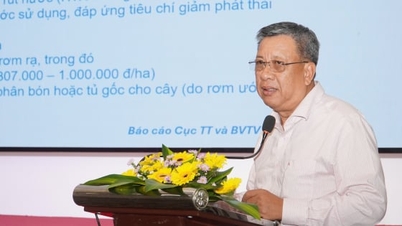
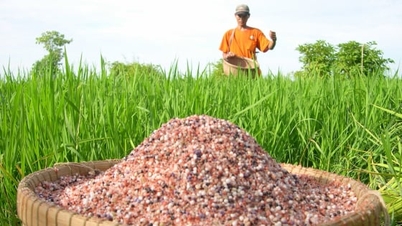
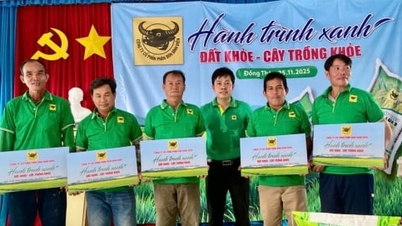


































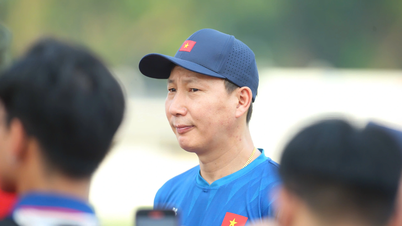










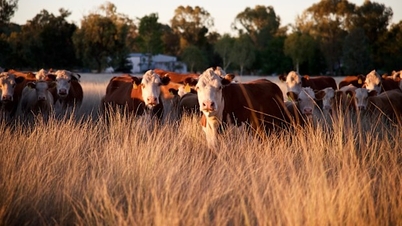


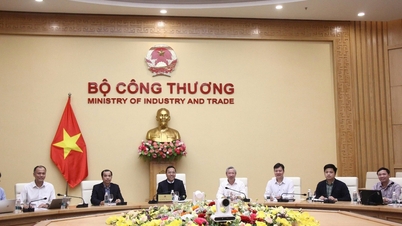











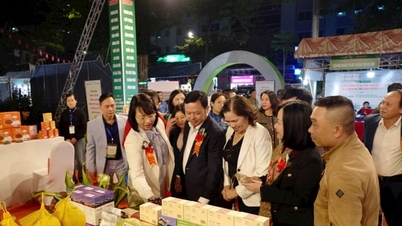
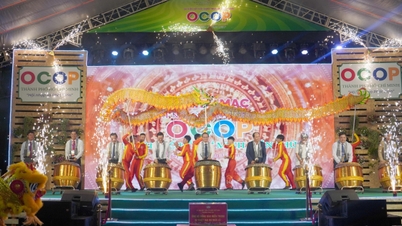










Comment (0)